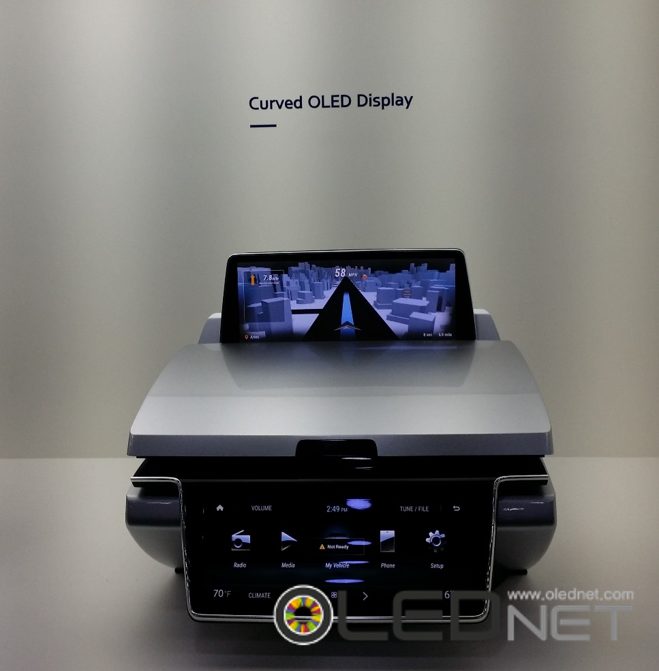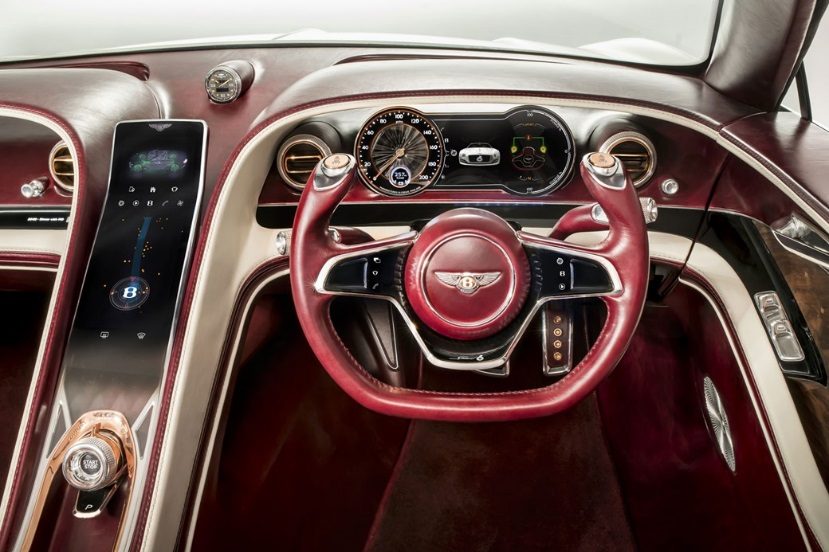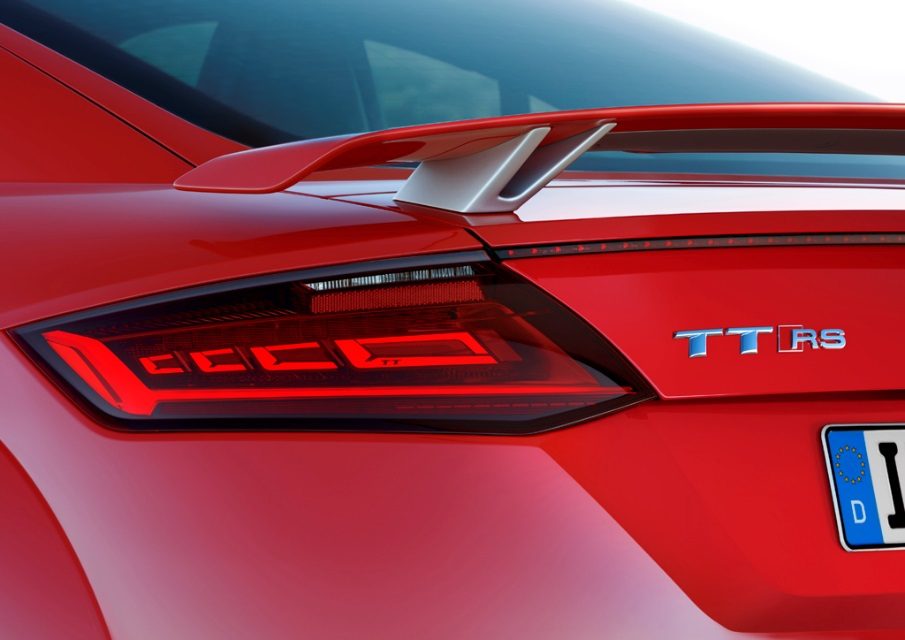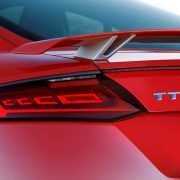Automaker’s fierce competition for pre-occupying OLED for automobiles
automakers
In 2017, automakers are fiercely competing to pre-occupy OLED displays and lighting for automobiles. OLED display has good visibility and possible to design a curved surface, so it has advantages of design differentiation. Lighting is not irritating to the eyes and the surface emission is possible so that the frequency of adoption of OLED is expected to increase even more.
HYUNDAI Mobis actively promoted curved OLED for brand differentiation at 2017 Seoul Motor Show held in Ilsan KINTEX from March 31 to April 9. HYUNDAI Mobis official said “the display has a 12.3-inch flexible OLED with advantages of true black and fast response at all temperatures” also revealed “this product is under development for mass production in 2020 for cluster or CID”.

<Curved OLED Display unveiled by HYUNDAI Mobis>
British automaker Bentley also introduced the key features of the ‘EXP 12 Speed 6e’, a pure electric concept car at the Geneva Motor Show in Switzerland on March 9, and announced that it would be equipped with a high-quality OLED display near the CID. Bentley official said “a curved glass OLED screen is applied near CID, it allows the occupants to operate navigation and to control the temperature freely,” in addition, “Access to social media, e-mail and entertainment will be easy”.

<OLED Display used near CID of EXP 12 Speed 6e, Source: Bentleymotos.com>
In addition, Audi Japan announced on March 28 that it decided to officially launch a small sports car “TT” applied an OLED tail lamp on some motels from mid of May. This is the first time that Audi has applied OLED tail lamps to mass-produced vehicles, allowed it to be optionally mounted on TT’s top models, the TT RS Coupe and TT RS Roadster. According to Audi Japan corporate, the option price is about 120,000 yen. The tail lamps commercialized by Audi this time are made up of 4 OLED panels and are known to have thicknesses of 1 to 2 mm per panel. Total 4 light-emitting areas are 49cm2 and brightness is 1000cd/m2, and German OSRAM supplies OLED panel.

<OLED rear lamp used for TT, Source: Audi.co.jp>
As such, the number of cars using OLED displays and lighting is increasing. According to “2017 Automotive Display Report – Application & Market Trend Analysis and The Market Forecast” published by UBI Research, market research company, demand for displays for automobiles is projected to grow at a CAGR(compound annual growth rate) of 17% from 2017 to 2022, reaching US $ 25,000 million by 2022. Also, OLED displays for automobiles are expected to grow rapidly from 2018 to 2022, reaching US $ 5 million in 2022, accounting for about 20% of the total automotive display market.
Hyun Jun Jang, senior researcher of UBI Research, mentioned that “OLED has the advantage of providing various convenience to the driver such as infinite contrast ratio and fast response speed above all, it can be applied in various forms inside and outside the car based on the flexibility so that it can be a great merit for premium cars that emphasize design and differentiation.”

